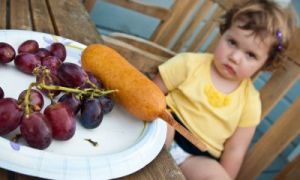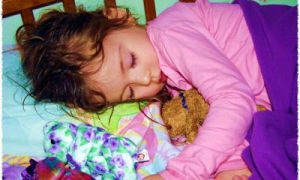Calming down an angry child is important as it helps to enhance awareness about their feelings and also helps to balance their emotional development. The following article provides 10 strategies to handle an angry child.
Take A Deep Breath Yourself
It is important for us adults to be able to control our own emotions. We set the tone with our emotional outbursts. Instead of being a thermometer whose reading fluctuates according to the temperature, consider yourself a thermostat that sets the tone and temperature of interactions within the learning environment.
Speak Calmly
Talk in brief, straightforward sentences. Kids that are experiencing that much emotion find it difficult to hear you. It's not the right time to invite them to engage in a meaningful conversation or to discuss what sparked their rage. At this time, de-escalation should be your main priority. In this manner, you can finally talk to the child and comprehend what transpired.
Freeze
Tell everyone to freeze when you enter a scenario where emotions are high and possibly harmful things are happening (people are throwing objects or smashing things). This will enable you to better understand what is happening and, hopefully, cause the difficult youngster to stop what they are doing.
Change The Environment
Move away from the environment. Making that adjustment can assist in letting a youngster know that the incident that had them upset has passed and it is now time to start calming down. Children may feel better and begin the process of calming down by leaving the situation where the outburst occurred.
Wall Push-ups
Finding healthy ways to express anger can be difficult. When a child's muscles are pumped up with energy from all that adrenaline, it has to be released. Tell them to perform wall pushups to assist release their enraged energy.
Cold Water Drink
Children often feel heated, they may sweat, or, if they yelled, their throats may be hurting, especially when they are quite furious. Getting a cold beverage helps calm children down and cool them off.
Rip Up Paper
Give the children to rip up papers. It is another way to channelise the adrenalin energy.
Squeezing Playdough
It also serves the same purpose to channelise bad energy.
Write/Draw What Happened And Throw It Away
Encourage children to write down the events that triggered their rage. If they are unable to do so, have them draw it instead. Or, if they're still too irate, you can write it out for them. After that, instruct the child to symbolically throw away the paper by crumpling or ripping it up.
Punching A Pillow
The question of whether or not youngsters should punch something when they're upset has generated some debate. In fact, some articles have been spreading that advice against teaching children to pound a pillow when they're furious. Pounding a pillow is just another coping mechanism that some children find effective and others don't. Try it out to see whether it helps.
Further Reading
Anger Management In Children - Tips and techniques for dealing with anger when it occurs
Teaching Children To Identify Their Anger Signs - Here are a few tips on teaching kids to identify their anger signs so that they know how to manage them better
Behaviour Interventions - The following are behavioural intervention strategies you can practise with young children when they engage in the following negative or disruptive behaviours.
Using Temper Monsters To Help Children Take Control Of Their Temper - How to use the metaphor of a Temper Monster children can learn how to be the boss of their temper.
Anger Management Posters - Anger Management Posters are great to display in a calm-down area to show children how to regulate their emotions when feeling overwhelmed or angry. Children can choose a task to do from the poster and when completing the task will help them to calm down. These posters can also be added to a display folder that children can flip through and complete when they need some time to themselves.
Calm Down Box For Children- The following article provides a list of self-regulates that can be included inside a calm down box.
Reference:
Quick Strategies Tp Help Angry Kids Cool Down, Coping Skills For Kids, 3rd February 2017


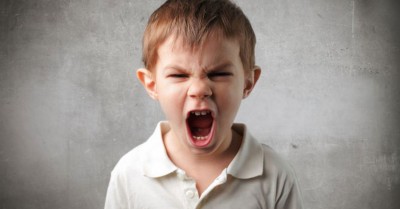




 Working as a childcare professional can be a challenge especially when dealing with behavioural problems which may arise. The techniques we use when dealing with
Working as a childcare professional can be a challenge especially when dealing with behavioural problems which may arise. The techniques we use when dealing with There are different types of behaviour that children can display and sometimes it can be hard to manage, especially if a child is having behavioural
There are different types of behaviour that children can display and sometimes it can be hard to manage, especially if a child is having behavioural As a parent, your behavioural expectations of your child can be higher than what is actually developmentally appropriate for your child's age.
As a parent, your behavioural expectations of your child can be higher than what is actually developmentally appropriate for your child's age.
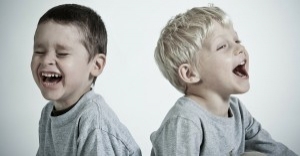 As Educators, there will be many instances where you will need to write about a child's behaviour. For a behaviour management plan, assessments, half-yearly or
As Educators, there will be many instances where you will need to write about a child's behaviour. For a behaviour management plan, assessments, half-yearly or As Educators when communicating with Parents (through verbal or non-verbal communication), there will be times where we need to discuss issues or concerns that may
As Educators when communicating with Parents (through verbal or non-verbal communication), there will be times where we need to discuss issues or concerns that may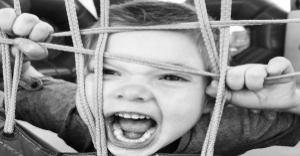 Challenging Behaviour is when a child does something that hurts themselves and/or other people.
Challenging Behaviour is when a child does something that hurts themselves and/or other people.
 As part of your child's development it is normal for your child to have anxiety and fears. A baby commonly shows a fearful sign to
As part of your child's development it is normal for your child to have anxiety and fears. A baby commonly shows a fearful sign to It's always difficult to bring up behavioural issues with parents, it can be nerve wrecking to tell a parent that their child misbehaves but that
It's always difficult to bring up behavioural issues with parents, it can be nerve wrecking to tell a parent that their child misbehaves but that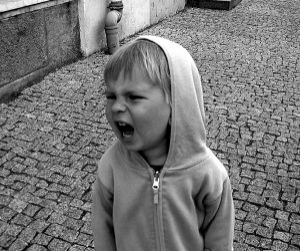 All children deal with anger on a daily basis. Thinking about it as a child, there is a lot to be angry about. Elder people
All children deal with anger on a daily basis. Thinking about it as a child, there is a lot to be angry about. Elder people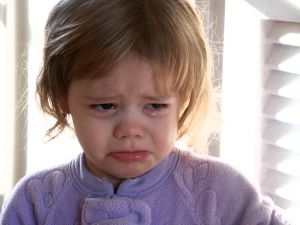 It is important to understand that your child behaviour problems could not just be from attention seeking. There are many factors to take into consideration
It is important to understand that your child behaviour problems could not just be from attention seeking. There are many factors to take into consideration
